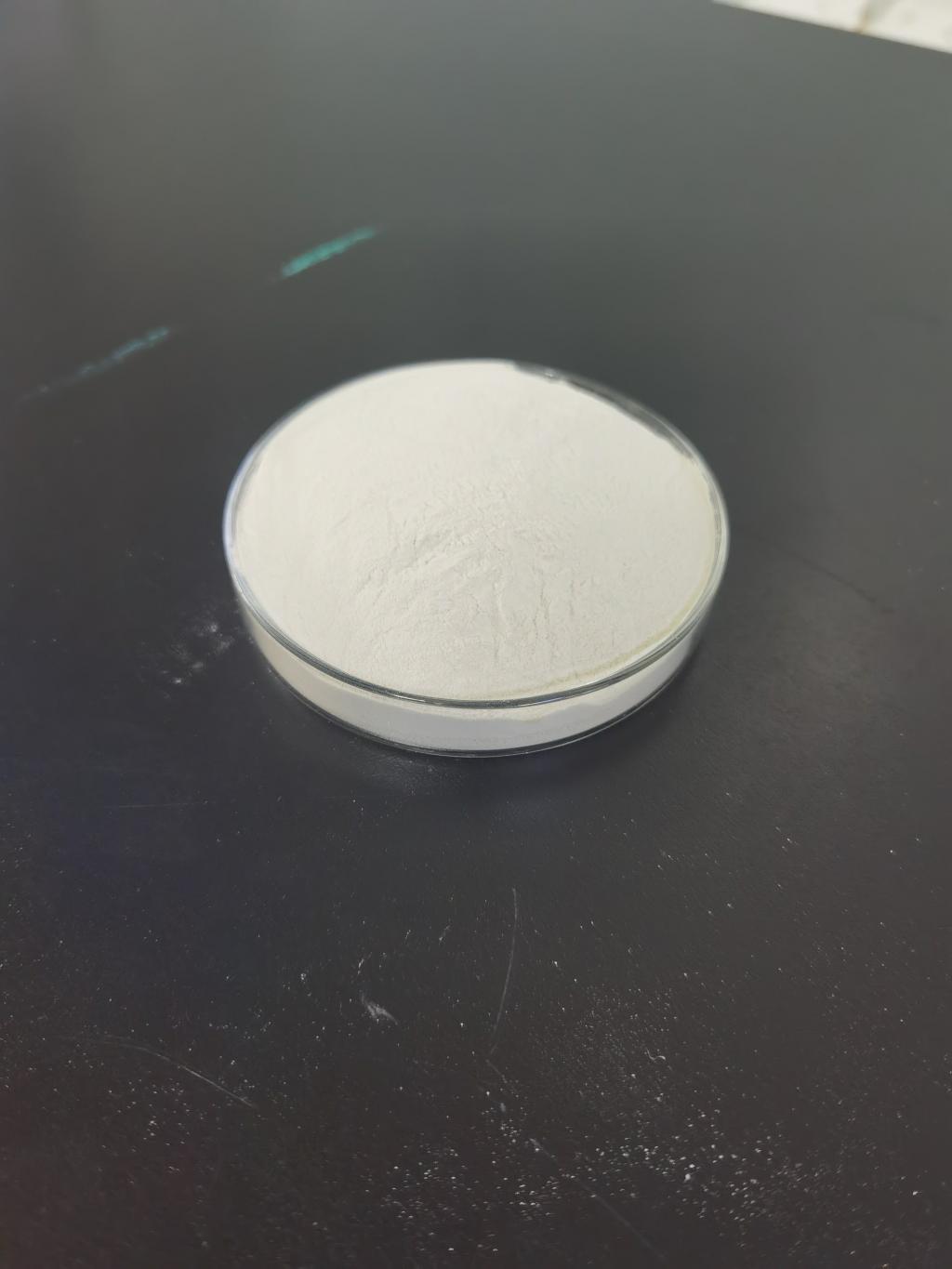Tel:+8618231198596

News
 CONTACT
CONTACT
 CONTACT
CONTACT
- Linkman:Linda Yao
- Tel: +8618231198596
- Email:linda.yao@dcpharma.cn
- Linkman:CHARLES.WANG
- Department:Overseas
- Tel: 0086 0311-85537378 0086 0311-85539701
News
Current Position:
Home >
News
>Unveiling the mechanism of action of Nisin against Gram-positive bacteria.
Unveiling the mechanism of action of Nisin against Gram-positive bacteria.
TIME:2024-04-25
Structure and Characteristics of Nisin:
Nisin is a polycyclic peptide composed of 34 amino acid residues, containing unusual amino acids such as lanthionine and methyllanthionine. Its unique structure, characterized by a ring structure formed through thioether linkages, contributes to its stability and bioactivity. Nisin is produced by certain strains of lactic acid bacteria, notably Lactococcus lactis, and exhibits broad-spectrum antimicrobial activity against Gram-positive bacteria, including foodborne pathogens such as Listeria monocytogenes and Staphylococcus aureus.
Molecular Interactions:
The antimicrobial activity of Nisin is primarily attributed to its ability to interact with bacterial cell membranes. Nisin targets lipid II, a precursor molecule involved in bacterial cell wall synthesis, leading to the formation of pores in the cell membrane. This disrupts membrane integrity, causing leakage of intracellular components and eventual cell death. Additionally, Nisin may also interfere with other cellular processes, such as DNA and RNA synthesis, further contributing to its antimicrobial effects.
Effects on Bacterial Cell Membranes:
Nisin's interaction with bacterial cell membranes has profound effects on membrane structure and function. Studies have shown that Nisin disrupts membrane integrity by forming pores or channels in the lipid bilayer, allowing ions and small molecules to leak out of the cell. This disrupts cellular homeostasis and leads to loss of membrane potential, inhibition of respiration, and ultimately, bacterial cell death. The exact mechanism by which Nisin forms pores in the membrane is still under investigation but may involve interactions with membrane lipids and proteins.
Potential Resistance Mechanisms:
Despite its potent antimicrobial activity, bacterial resistance to Nisin can occur through various mechanisms. One common mechanism is the modification of lipid II molecules, reducing Nisin's ability to bind and disrupt cell membrane function. Additionally, bacteria may develop efflux pumps to expel Nisin from the cell or produce proteases to degrade Nisin molecules. However, compared to traditional antibiotics, the development of resistance to Nisin is relatively slow, likely due to its complex mode of action and multiple targets within the bacterial cell.
Conclusion:
In conclusion, the mechanism of action of Nisin against Gram-positive bacteria involves complex molecular interactions with bacterial cell membranes, leading to membrane disruption, leakage of intracellular components, and ultimately, bacterial cell death. Despite the emergence of resistance mechanisms, Nisin remains an effective antimicrobial agent with broad-spectrum activity and potential applications in food preservation and medicine. Further research into Nisin's mechanism of action may uncover new insights into its antimicrobial properties and inform the development of novel therapeutic strategies.
- Tel:+8618231198596
- Whatsapp:18231198596
- Chat With Skype







